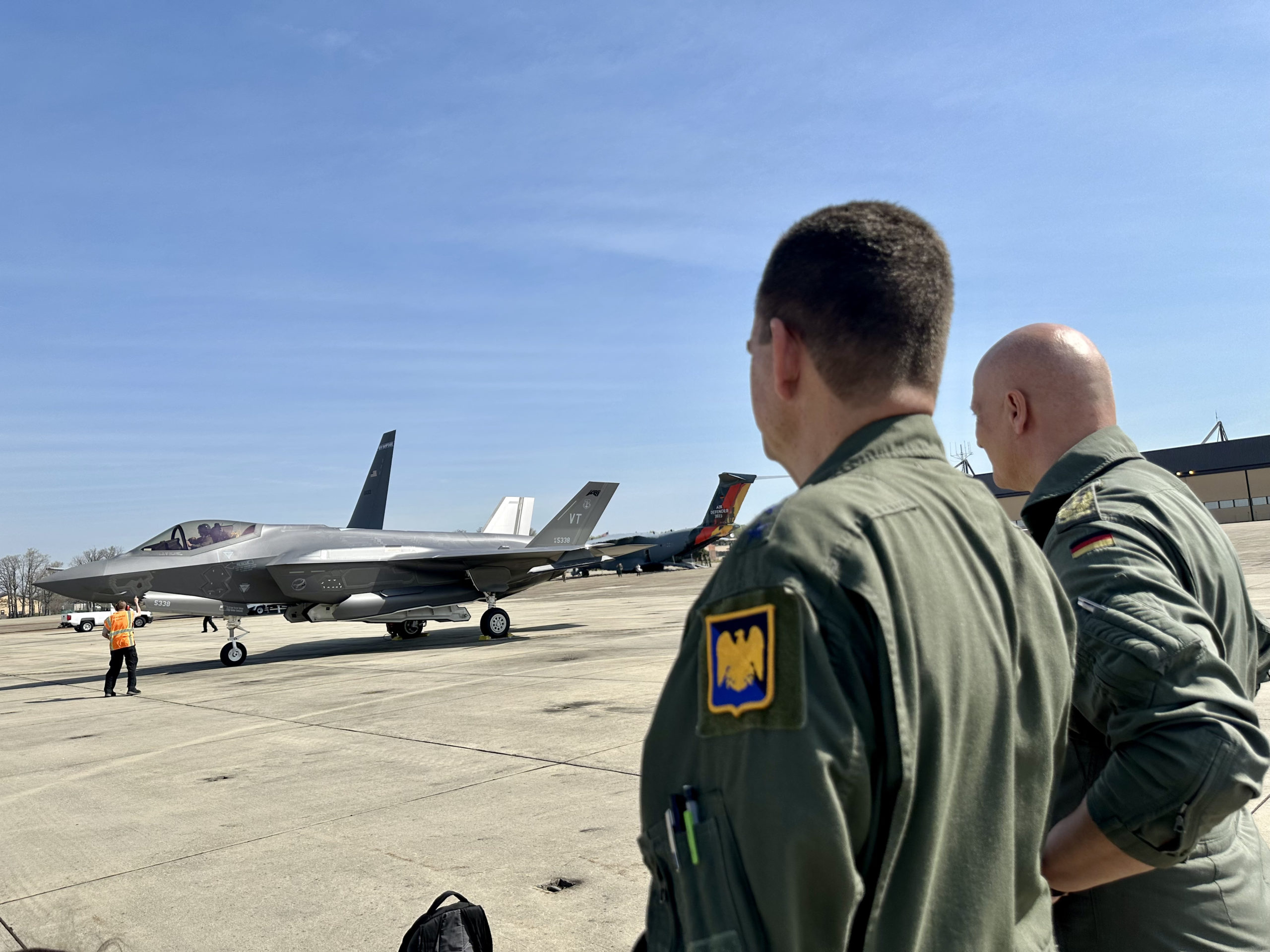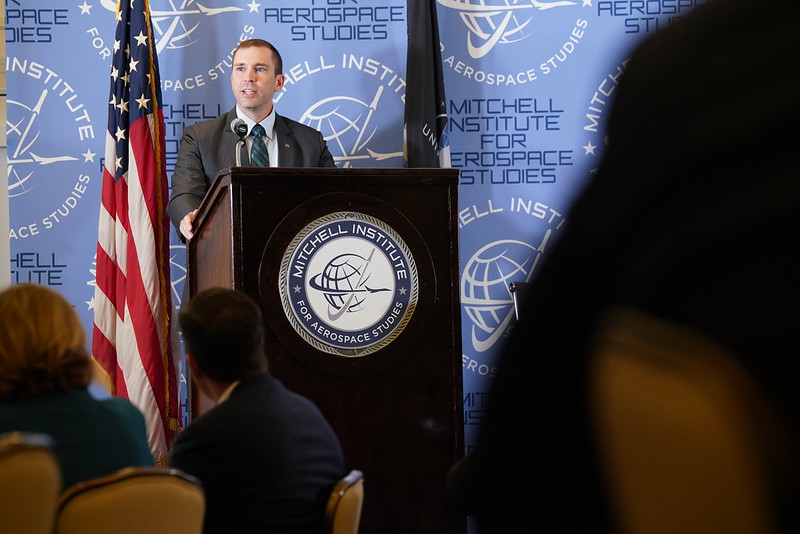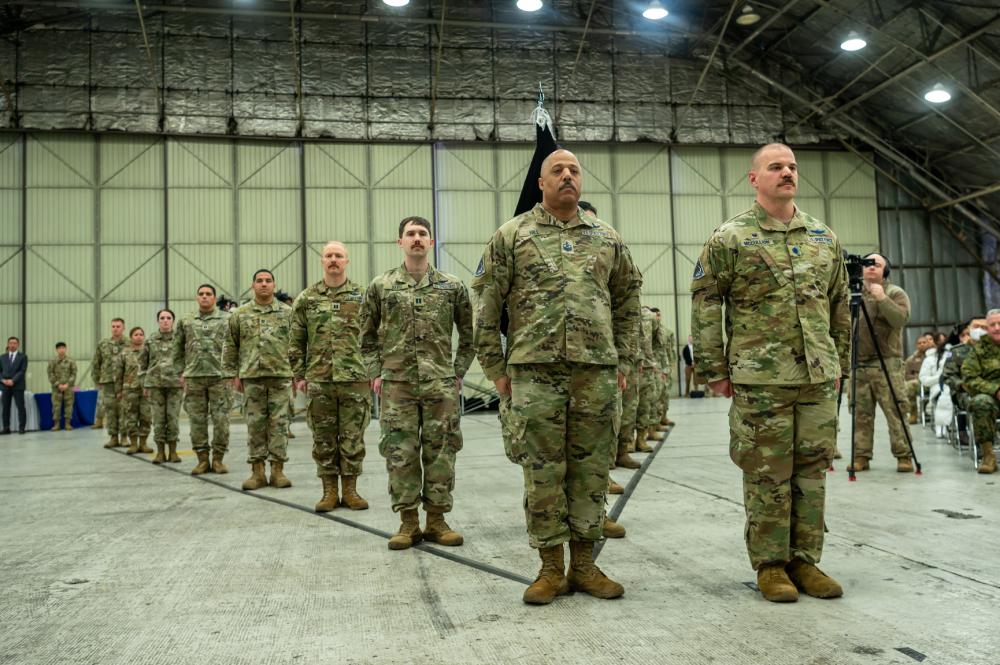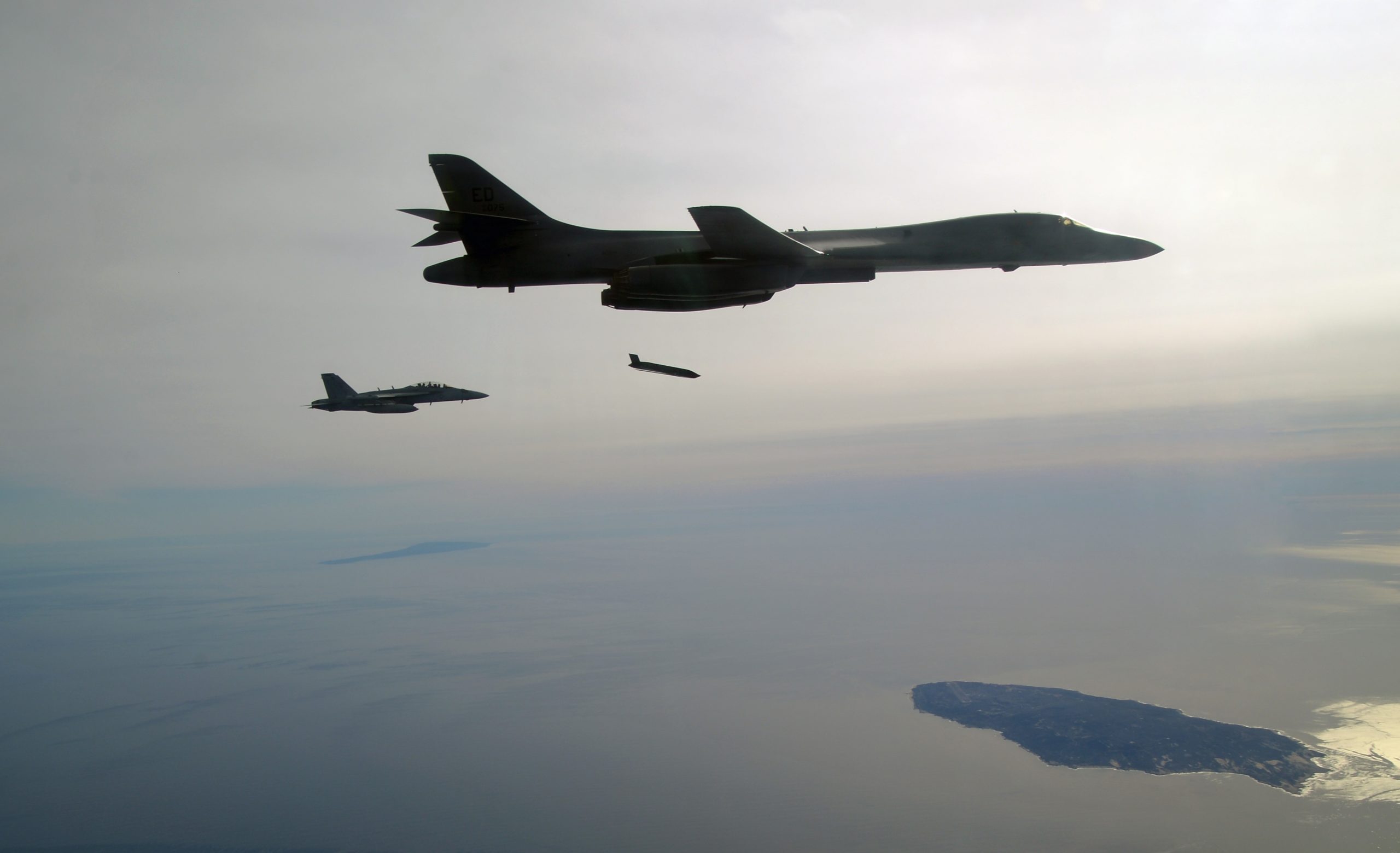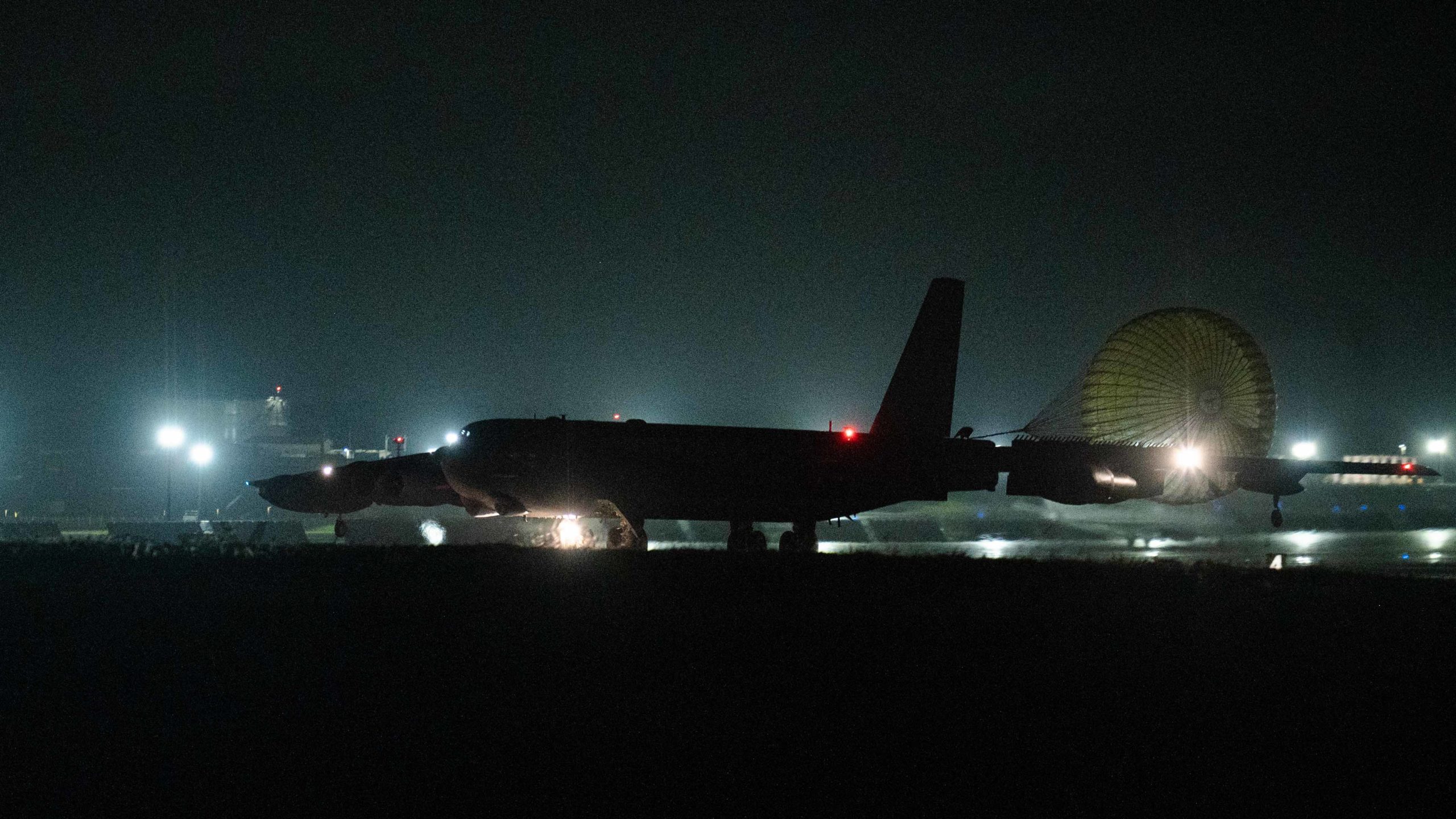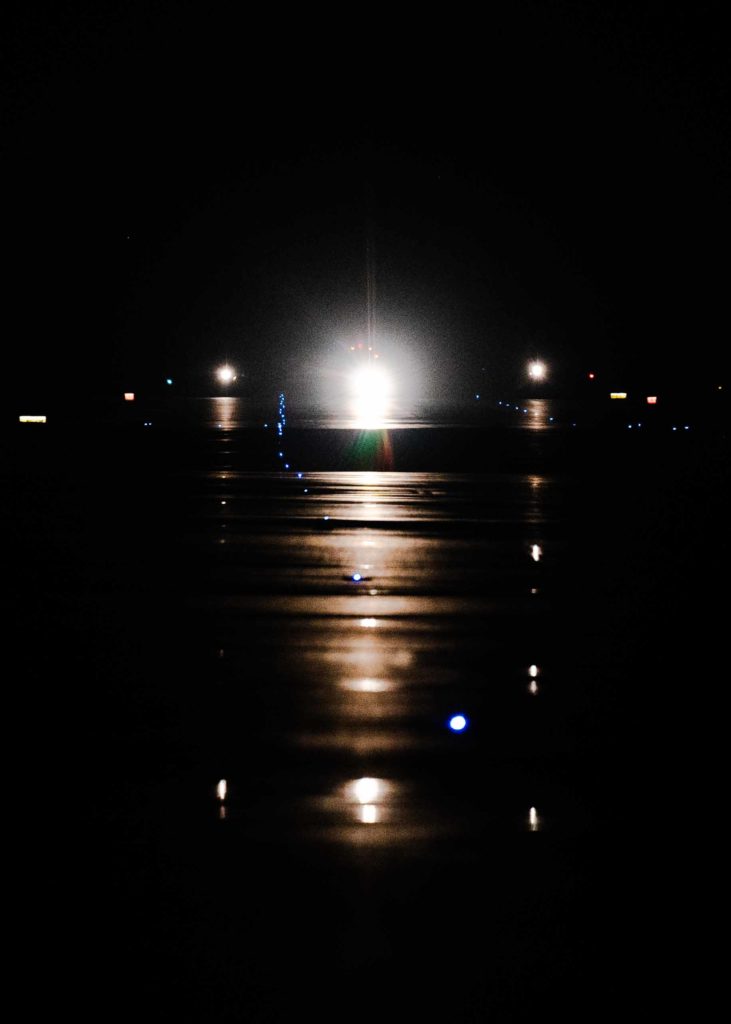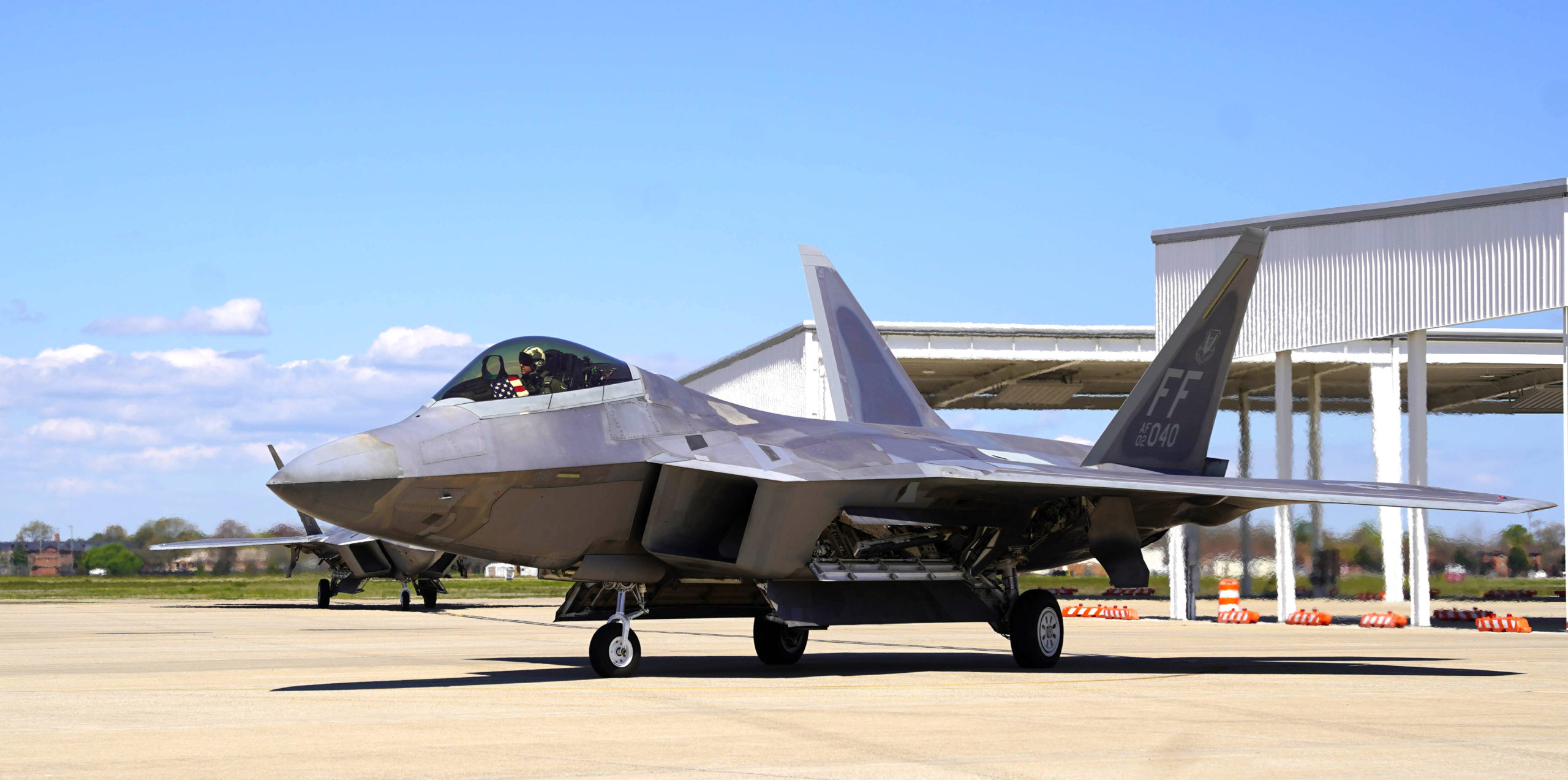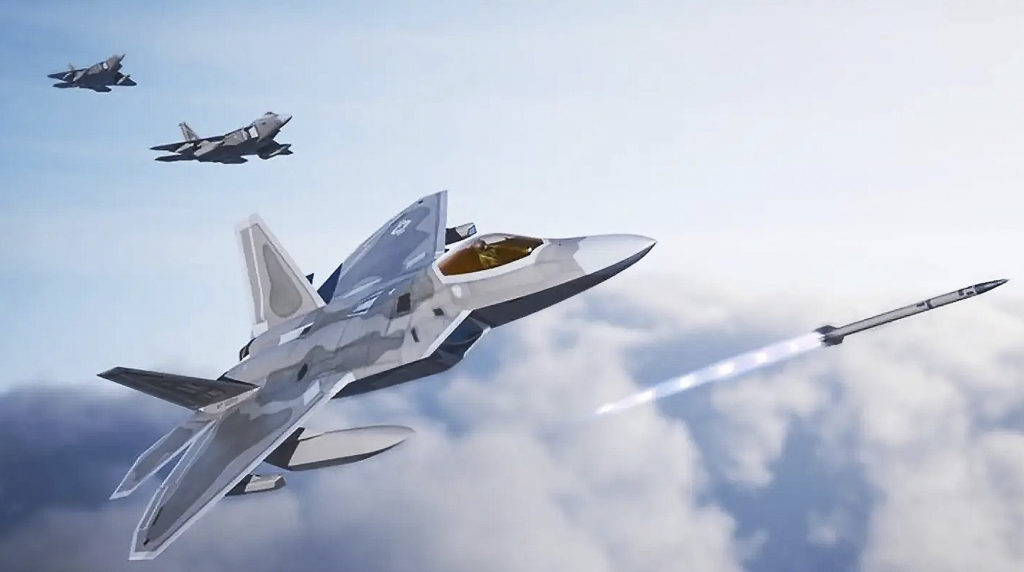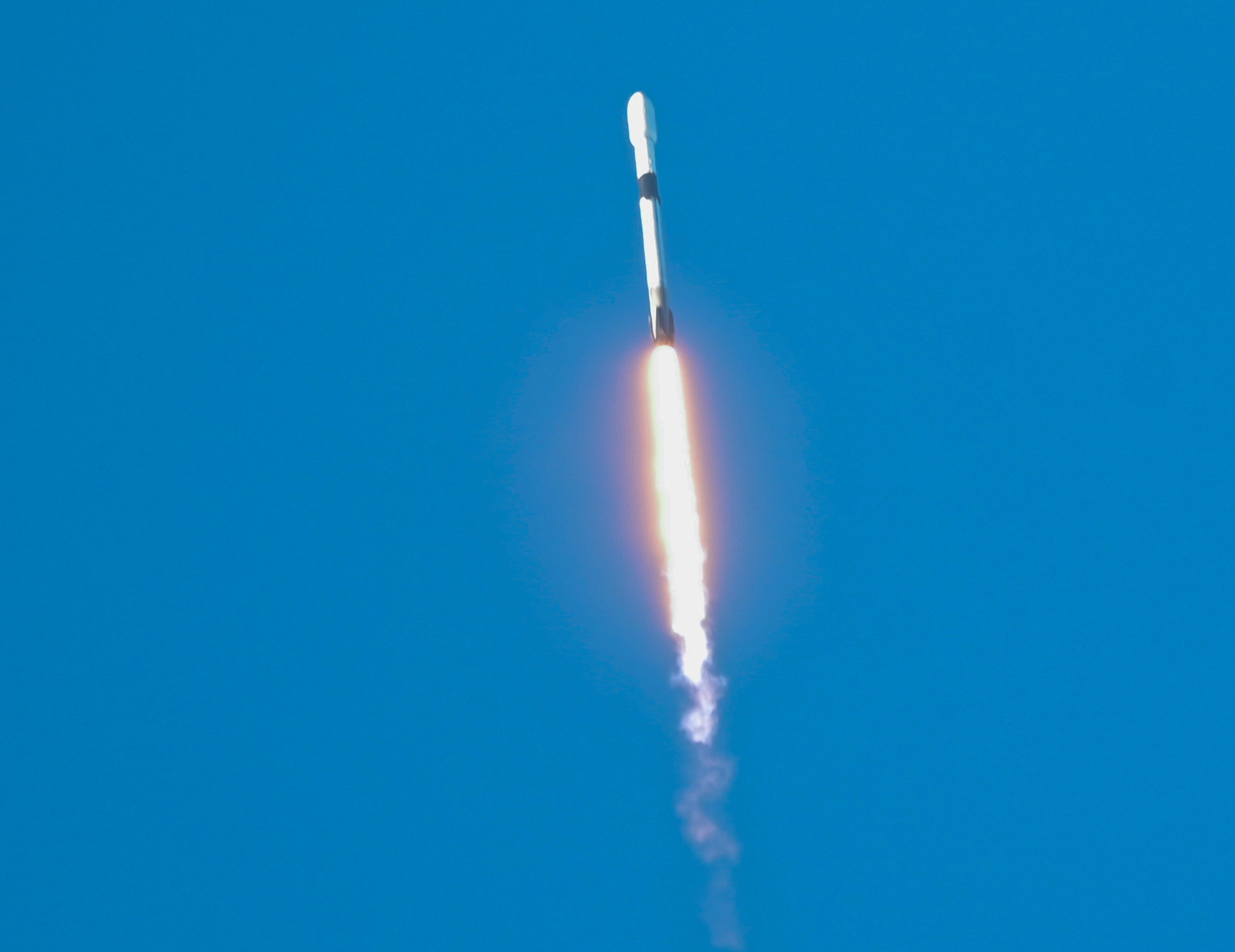JOINT BASE ANDREWS, Md.—The head of the Luftwaffe arrived in the U.S. this week to strengthen cooperation with the U.S. Air National Guard and its F-35s before a massive German-led exercise that is to take place in June to underscore the defense of NATO.
“It’s going to be high value,” Chief of the German Air Force Lt. Gen. Ingo Gerhartz said of his military’s opportunity to learn about the fifth-generation fighter during the upcoming Air Defender 23 exercise.
Germany inked a roughly $9 billion deal for 35 F-35s in December 2022. Gerhartz said the Luftwaffe will begin training on F-35s in the United States in 2026 and operating the jets in Germany in 2027.
Arms sales to Europe have spiked since Russia invaded Ukraine last year, and one of the platforms seeing an uptick is the F-35, the multi-role stealth fighter made by Lockheed Martin. Germany, Finland, and Switzerland all signed deals for the jets in 2022.
The F-35 deal will enable the Luftwaffe to replace its aging Tornado fleet. In wartime, German F-35s might even be equipped with U.S. nuclear bombs under NATO’s nuclear-sharing arrangement.
In the meantime, the Air National Guard will send six F-35s to Spangdahlem Air Base in Germany for the Air Defender exercise, which will help the Germans get a head start in familiarizing themselves with the aircraft.
All told, around 220 NATO aircraft will participate in the exercise, which will run from June 12-23. The Luftwaffe plans to have around 60 aircraft participate, including fighters and tankers.
Modernizing the German Air Force has been a high priority for Gerhartz, who assumed his command in 2018. Gerhartz has flown F-4s, MiG-29s, Tornados, and Eurofighter Typhoons. During the conflict in Afghanistan, he flew more than 50 ISAF sorties in Tornados. His official biography states that he has worked to foster German-Israeli ties, which included joint flyovers over the Israeli parliament in 2021.
Gerhartz said the upcoming exercise will provide a learning opportunity for his airmen.
“We can, first of all, connect the legacy fleet of Eurofighter Typhoons with the F-35,” Gerhartz said. “Let’s see, okay, what is the challenge of operating the F-35? So we are, right now, on the learning side to see how the F- 35 is integrated.”
Lt. Gen. Michael A. Loh, the director of the Air National Guard, said that the ANG has already been passing on lessons to the Germans.
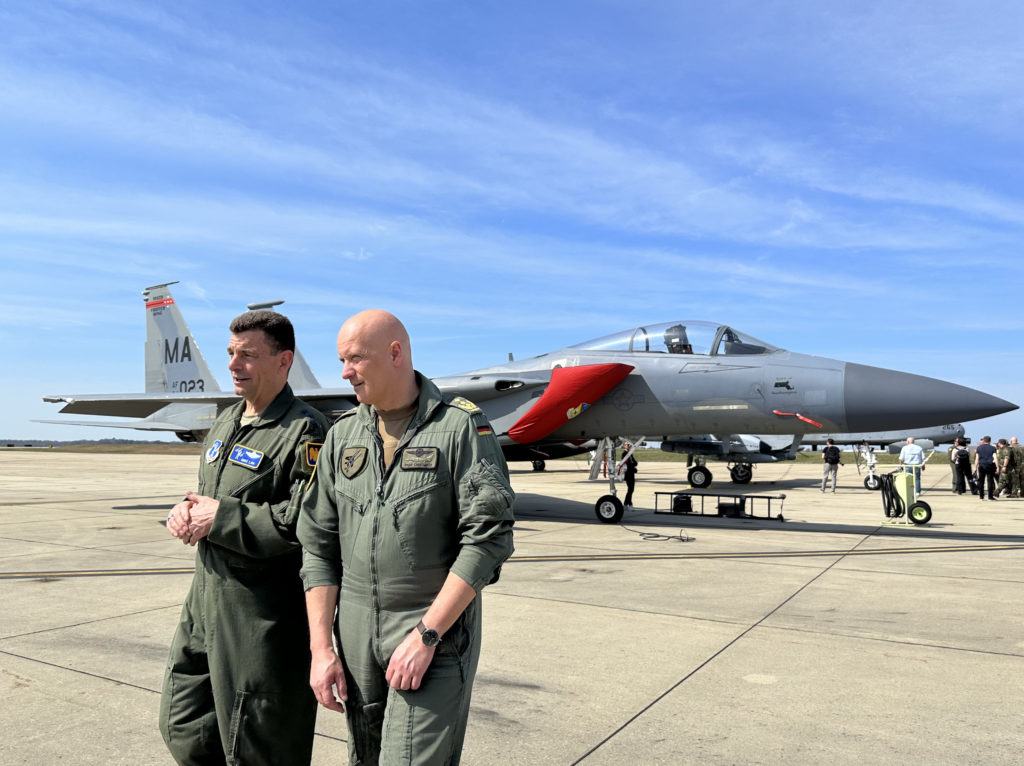
The first Guard unit to operate the F-35 was the 158th Fighter Wing out of Burlington, Vt. That unit will be the one heading to Germany for the June exercise and was previously deployed to Spangdahlem last spring to bolster NATO’s eastern flank.
“When you look at a Guard location, it’s not like a big Active-Duty base,” Loh said. “Same thing when you look at a German base.
“So all the lessons learned: here’s the footprint for the simulators, here’s a footprint for the F-35 and for the shelters, and everything else like that, we’ve shared all that data,” Loh added.
Gerhartz and Loh toured the Andrews flightline April 5, which was filled with U.S. assets that will be heading to Germany including F-16s, F-15s, A-10s, MQ-9s, C-17s, C-130s, KC-135s, and KC-46s. Two fighters roared overhead before touching down at the base. A few minutes later, a pair of Vermont ANG F-35s taxied and parked in front of the two generals.
“It’s good for us,” Gerhartz said.
Editor’s Note: This article was updated April 11 to clarify Germany’s role in the organization of Air Defender.
